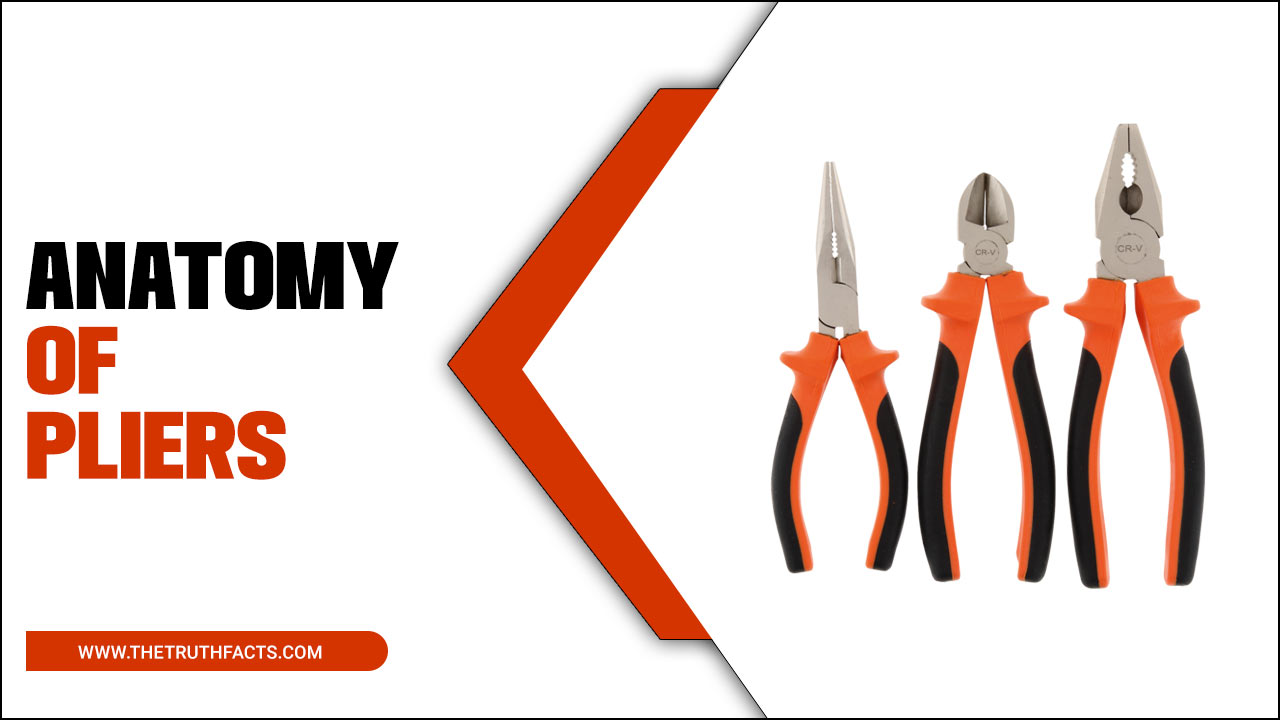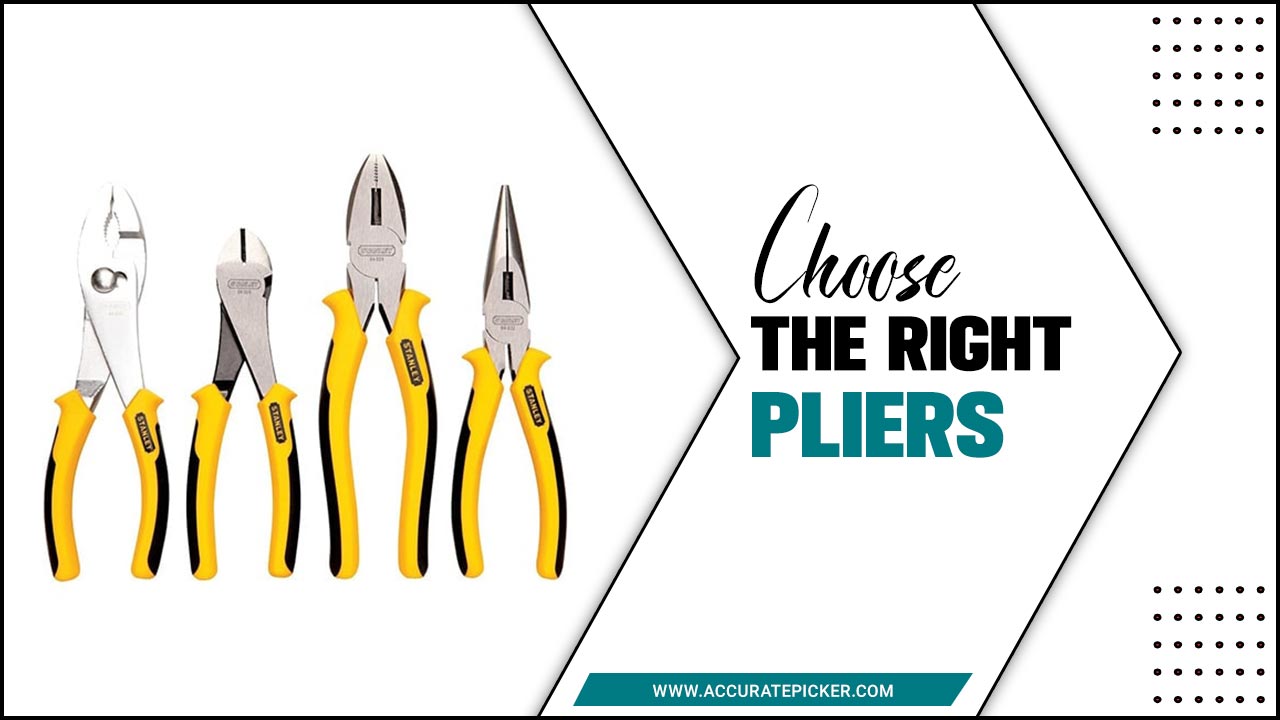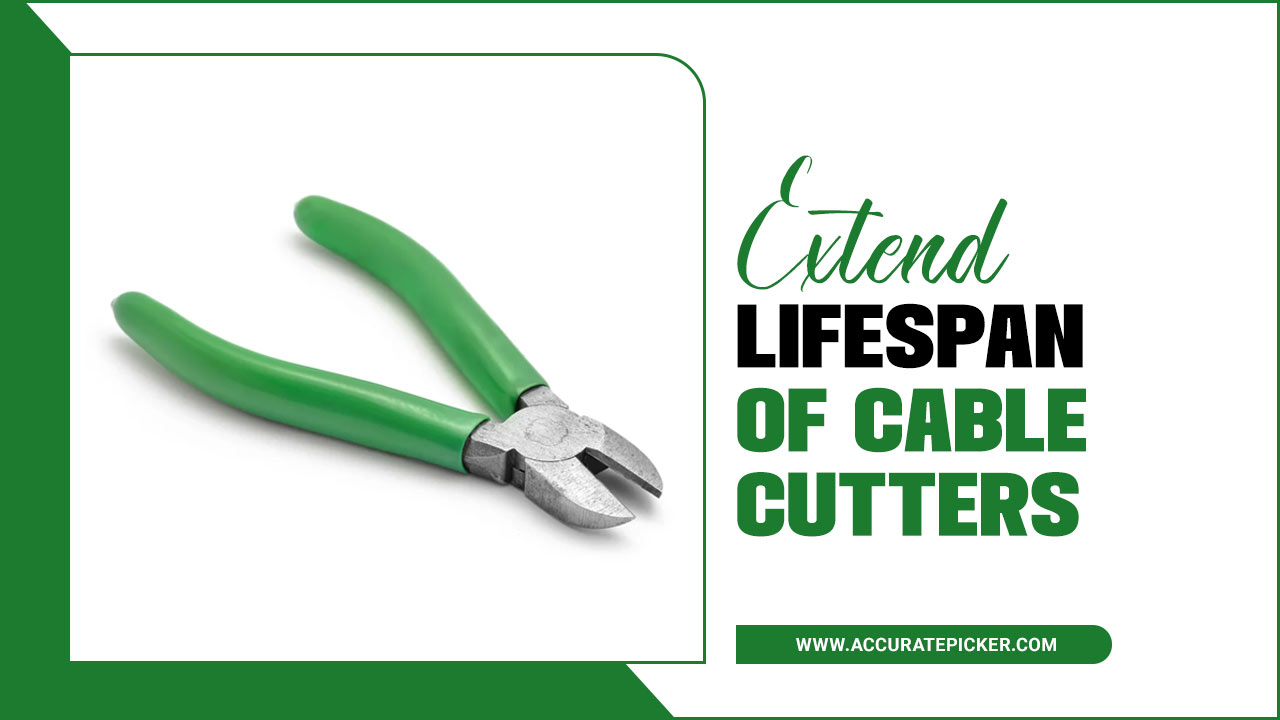The use of hand tools is essential for any DIY enthusiast or professional tradesperson, and pliers are one of the most common and versatile tools used. Pliers come in many shapes and sizes, and can be used for a variety of tasks such as gripping, cutting, and bending.
In comparison to other hand tools such as screwdrivers, wrenches, and hammers, pliers provide a unique set of advantages and disadvantages. This article will provide a comprehensive comparison of pliers versus other hand tools, and explore the unique benefits of using each.
In the end, readers will have a better understanding of which tool is best suited for their needs. Get ready to dive into the world of pliers and other hand tools, and discover which tool is the best for your next project.

Pliers Vs. Other Hand Tools: A Comparison
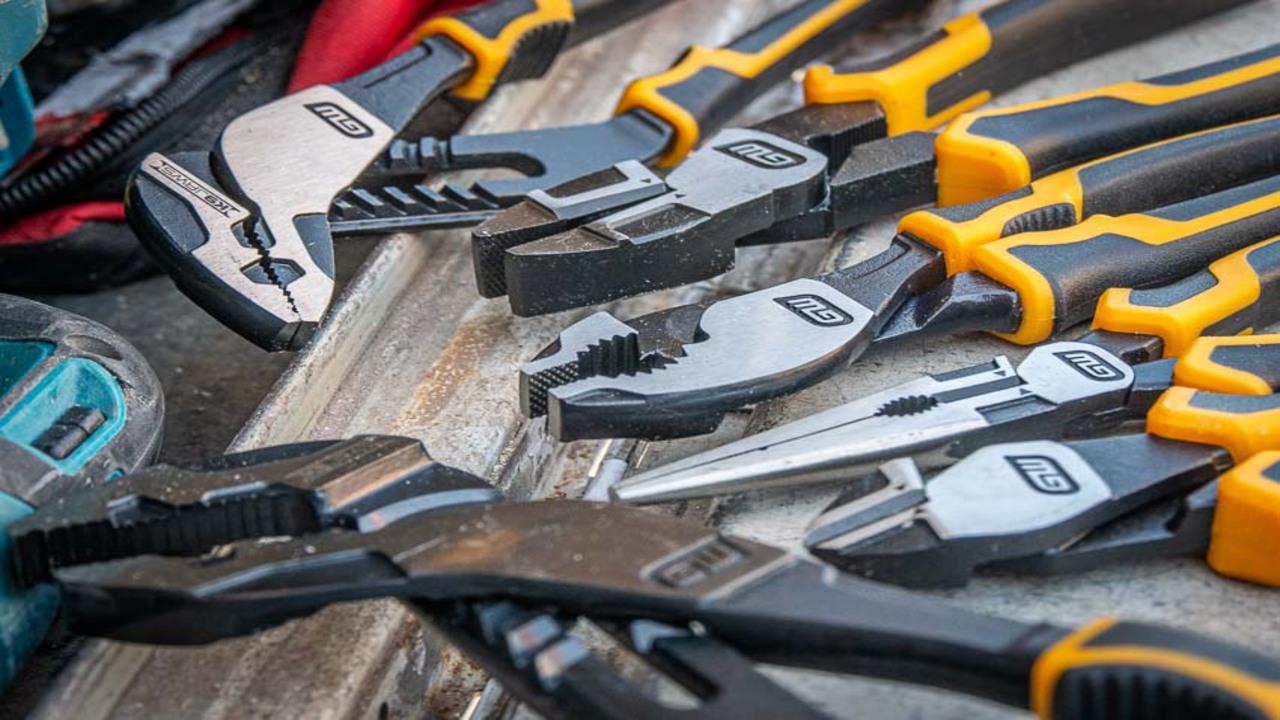
Before we dive into the main article, let’s take a look at the differences between pliers and other hand tools. Pliers are a type of hand tool used for gripping and manipulating objects, typically made of metal and equipped with a pair of handles. They are often used in construction, electrical, and automotive work, but can also be used for a variety of purposes.
While pliers are a versatile tool, they are not the only hand tool available. Other hand tools such as screwdrivers, wrenches, hammers, and chisels are also commonly used in various applications. This article will compare pliers to other hand tools, and discuss the advantages and disadvantages of each.
Overview
When it comes to hand tools, pliers are a must-have. They are versatile and can be used for a variety of tasks, from cutting to gripping to bending. Pliers can easily be distinguished from other hand tools due to their unique design and features. Pliers are typically longer and have a pair of adjustable jaws that can be used to grip objects.
Other common hand tools, such as wrenches and screwdrivers, are used for specific tasks and are not as versatile as pliers. Wrenches are designed for loosening and tightening nuts and bolts, while screwdrivers are used for turning screws.
There are also specialized hand tools such as hammers, saws, and chisels, which are used for specific tasks. Pliers, in contrast, can be used for a variety of tasks and are generally more versatile than other hand tools.
Definition
Pliers are one of the most versatile hand tools available, and are used for a variety of applications. Generally, pliers are used to grip, bend, cut, and twist materials such as wire, sheet metal, and other materials.
Pliers are also used to hold small objects and turn nuts and bolts. Pliers are typically composed of two thin arms connected to a pivot point, and a set of jaws that can be adjusted depending on the task at hand.
There are many types of pliers, and the type of job you are doing will determine which type of pliers you should use. For instance, needle-nose pliers are used for more delicate tasks while slip-joint pliers are better for tightening and loosening nuts and bolts. Combination pliers are versatile and can be used for a variety of applications.
Uses
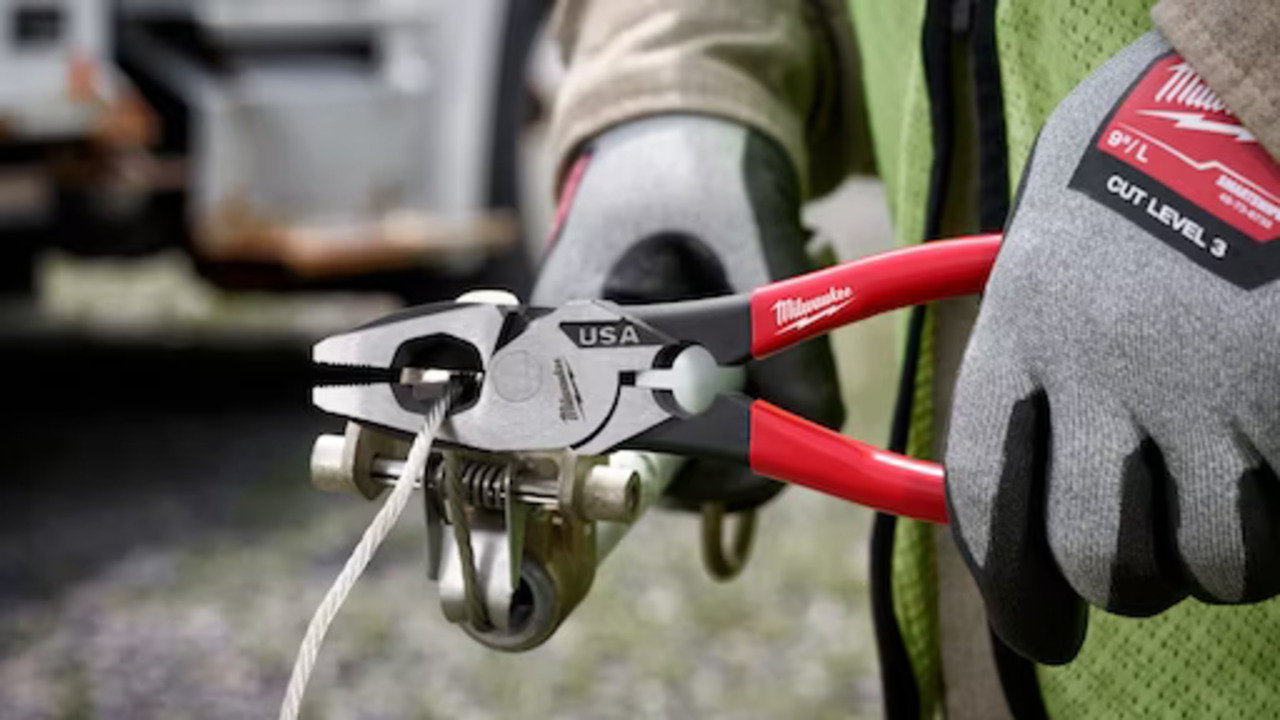
Pliers are incredibly versatile tools that are used in a variety of situations. They are an incredibly useful tool for gripping and cutting wire, removing nails, or even holding objects in place. Pliers are also a great tool for bending metal, such as for creating hinges or bending wire into shapes.
Pliers are also great for reaching into tight spaces and gripping objects that would otherwise be too small to hold with your hands. Additionally, pliers are a great tool for compressing springs or other parts that require a firm hold.
Pliers are also great for assembling and disassembling parts, such as when creating a model or repairing a broken piece of machinery. Pliers are an essential tool for any job that requires precision or intricate work.
Advantages
Pliers offer a number of advantages over other hand tools. For one, they are versatile. Pliers can be used to grip, hold, bend, and cut a range of materials, including wire, metal, and plastic.
This makes them an invaluable tool for a variety of projects. They are also much stronger than other hand tools, allowing them to handle heavier materials without the risk of breaking. Pliers are also much easier to use than other tools. They require less force to operate and are more comfortable to handle, as they can fit more securely in the hand.
Additionally, pliers are generally compact, making them easier to store and transport. Finally, pliers are often less expensive than other hand tools, making them a great option for those on a budget.
Disadvantages
While pliers can be a great tool for specific uses, they do have some disadvantages. Pliers are limited in their capabilities when compared to other hand tools. Pliers are limited to cutting wire, gripping, and occasionally twisting.
They cannot be used to drive nails, sand, or saw through materials. Additionally, pliers cannot be used to apply leverage to objects as some other hand tools can. The size of pliers can also be a limitation as they can be too large to fit in tight spaces or too small to get a good grip on larger items. Finally, pliers are not as durable as some other hand tools and can easily bend or break if too much force is applied.
Types
There are many types of hand tools that can be used to complete a variety of tasks. Pliers are one of the most commonly used hand tools, but there are a variety of other tools that can come in handy, such as screwdrivers, wrenches, hammers, and chisels.
Each tool is designed for a specific purpose, so it is important to know which tool is best for the job. Pliers are a versatile tool that can be used for gripping, bending, cutting, and twisting materials, while other hand tools are suited for specific tasks.
Screwdrivers are best for driving and removing screws, while wrenches are used for tightening and loosening bolts and nuts. Hammers are used to drive nails, while chisels are used to shape wood.
Needlenose Pliers
Needlenose pliers are a type of hand tool used to grasp or hold objects. They have a long, thin nose with a very fine tip, allowing them to reach into tight spaces. Unlike other pliers, needlenose pliers are designed to provide precise control and manipulation of small objects.
They are typically used for gripping, twisting, and bending wire, removing small screws, and other fiddly tasks. Needlenose pliers can also be used to pull out small nails or open jump rings. Compared to other hand tools, needlenose pliers provide superior accuracy and control. They are an essential tool for any person who works with small objects, and can help make difficult tasks easier.
Slipjoint Pliers
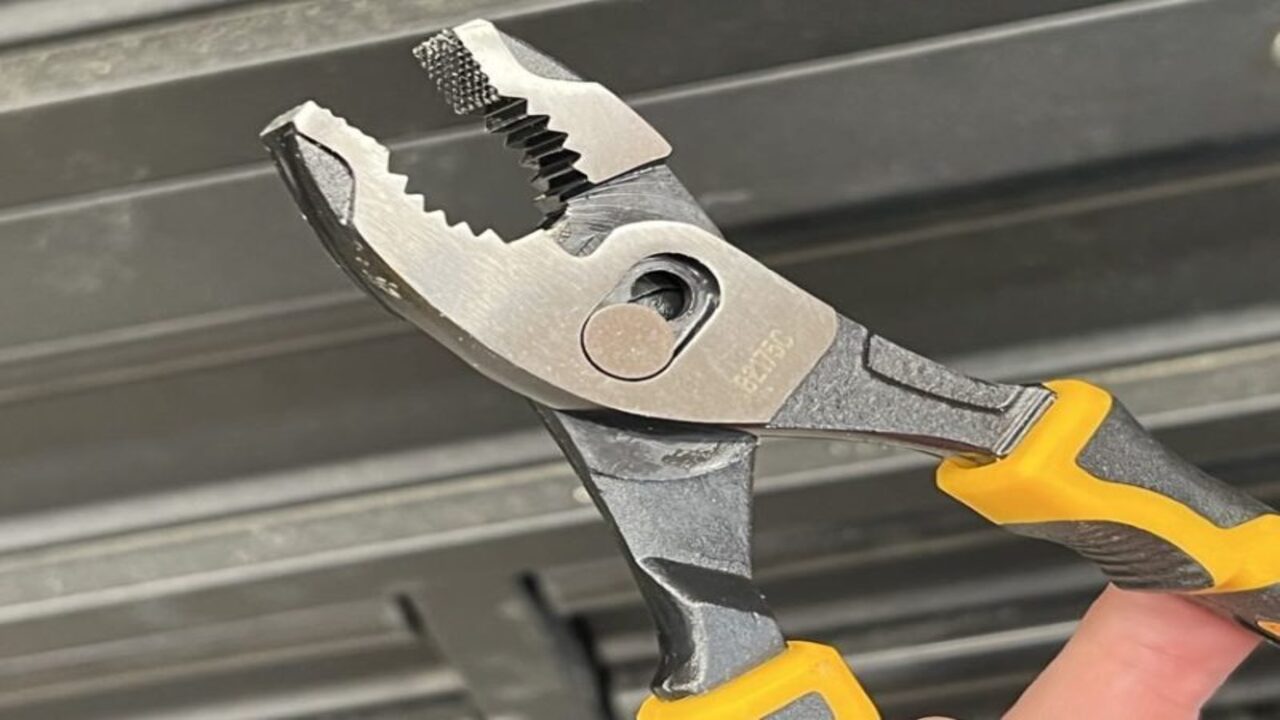
Slipjoint pliers are a type of hand tool used for gripping and cutting objects. They have two opposing jaws with a pivot point located at the end of the handle. This type of pliers is easy to use and can be used on a wide variety of materials.
Unlike other pliers, slipjoint pliers have the ability to adjust the size of the jaws by using a knob located at the end of the handle. This makes it easier to grip small objects and work in tight spaces. The jaws of the slipjoint pliers can also be locked in place for added stability and safety. Slipjoint pliers are also relatively inexpensive compared to other pliers and can be found in most hardware stores.
These pliers are versatile and can be used for a variety of tasks including cutting wires, gripping small objects and shaping sheet metal.
Wirecutters
Wirecutters are one of the most important and versatile hand tools. They are used to cut through a variety of materials, including wire, cable, and rope. With wirecutters, you can easily and safely snip and cut objects without having to use a saw or other tools. Wirecutters come in a variety of shapes and sizes, with each type offering different advantages.
Some wirecutters feature plier-like handles for better grip while others are designed with a single blade for extra precision. Wirecutters are also commonly used to strip insulation from wires and cables, as well as to cut off screws and nails. They are also great for cutting dowels, and other small objects.
In comparison to other hand tools, wirecutters are relatively inexpensive, making them a great investment for any DIY project.
Crimpers
Crimpers are a type of hand tool used to join two pieces of metal, often for electrical connections. They work by compressing the metal together, creating a secure, permanent bond. Crimpers have a variety of uses, from joining wires together to creating quick electrical connections. They are also used for automotive maintenance and repairs.
Compared to other hand tools, crimpers are ideal for creating electrical connections as they provide a secure, permanent bond with minimal effort. Additionally, crimpers are easy to use, require minimal setup, and are relatively inexpensive, making them an attractive option for DIYers and professionals alike.
Comparison

Pliers and other hand tools are both essential tools for home repair and construction projects. However, pliers offer some distinct advantages over other hand tools. Pliers are versatile and can be used for a wide range of tasks, from gripping and cutting wire to turning and twisting nuts and bolts.
In contrast, other hand tools are often limited to one specific task, such as sawing, drilling or hammering. Pliers are also more compact than many other hand tools, making them easier to store and transport.
Finally, pliers tend to be more economical than other hand tools, making them a great choice for budget-minded DIYers. All in all, pliers are a great choice for anyone looking for a versatile, compact and affordable tool for home projects.
Versatility
When it comes to hand tools, pliers offer a great deal of versatility. Pliers can be used to grip, twist, bend, cut or shape components such as wires or sheets of metal. They are also able to hold small objects in place while allowing for precise manipulation or adjustment. Unlike many other hand tools, pliers can easily be adjusted to fit different sizes of components, and can be used for a wide range of tasks.
Additionally, pliers are able to reach into tight spaces and have a good grip, which makes them useful for a variety of odd jobs. While some other tools, such as hammers or screwdrivers, may be better at performing one specific task, pliers offer a level of versatility that can be useful in a variety of situations.
Cost
The cost of pliers and other hand tools can vary widely depending on the type of tool and its intended use. Generally, pliers will cost less than other types of hand tools, such as hammers, wrenches, and screwdrivers. However, they are often more delicate and prone to damage than their more robust counterparts.
Additionally, you may find that pliers require more frequent replacement due to wear and tear. This can add to their overall cost if you’re using them for tough jobs. On the other hand, other hand tools tend to be more expensive upfront, but they can last longer and are less likely to require replacement. Therefore, depending on the job at hand, it’s important to factor in the cost of both types of tools before making a purchase.
Durability
When it comes to hand tools, durability is a major factor in choosing the best tool for the job. Pliers are no exception to this rule. Pliers are typically made from steel, which offers superior strength and durability compared to other materials.
Additionally, the design of pliers allows them to be more resistant to wear and tear than other hand tools. This means that pliers can last longer and perform better over time. Furthermore, pliers are often designed with special coatings and treatments that help them withstand rust and corrosion. With proper maintenance and care, pliers can last for many years, making them a great investment for any toolbox.
Safety
When it comes to safety, pliers are the clear choice when compared with other hand tools. Pliers are designed to be used with a firm grip, which keeps the hands and fingers away from the sharp edges of the blades. This helps to prevent accidental cuts or lacerations. Pliers also have serrated edges that grip and hold items securely, allowing the user to work with precision and control.
This reduces the risk of injury and ensures that the job is done correctly. Furthermore, pliers are made of sturdy materials that can withstand heavy use and are designed to be comfortable to hold, reducing the chances of fatigue or strain.
Conclusion
Pliers are a versatile hand tool that can be used for a variety of tasks. They are great for gripping, cutting, and bending objects. Compared to other hand tools, pliers are more versatile and can be used for a wide range of tasks. They are also easier to use than other hand tools, making them a great choice for both experienced and novice DIYers.
FAQ’s
1.What Are The Primary Differences Between Pliers And Other Hand Tools?
Ans: The primary differences between pliers and other hand tools is that pliers are used to grip and manipulate objects, while other hand tools are typically designed for more specific tasks such as sawing, hammering, and cutting.
Pliers come in many shapes and sizes and are known for their strong gripping power. Other hand tools are generally more specialized and used for specific tasks. Pliers are also usually much less expensive than other hand tools.
2.What Are The Typical Uses Of Pliers Versus Other Hand Tools?
Ans: Pliers are a type of hand tool that is used to grab, twist, and hold objects. They can be used to bend and cut metal, grip items too small to be held by hand, and secure nuts and bolts. Other hand tools such as wrenches and screwdrivers are used to turn or tighten fasteners and bolts, while hammers are used to strike and shape materials. Pliers can also be used to do this to a lesser degree.
3.What Are The Advantages Of Using Pliers Over Other Hand Tools?
Ans: Pliers provide a great advantage over other hand tools when it comes to gripping and manipulating objects in tight spaces. They come in various shapes and sizes to accommodate all types of projects and materials.
Pliers also have a greater range of motion than other hand tools, allowing for more precise movements. Additionally, they are versatile, as they can be used for cutting, bending, and gripping materials.
4.What Types Of Materials Can Be Manipulated With Pliers But Not Other Hand Tools?
Ans: Pliers can be used to manipulate a variety of materials such as metal wire, chain, and thin sheet metal. They can also be used to grip and twist small objects. Pliers cannot be used for materials such as wood, which require other tools such as saws or chisels for cutting. Pliers are also not suitable for gripping large objects, which would require other hand tools such as wrenches.
5.What Safety Precautions Should Be Taken When Using Pliers Versus Other Hand Tools?
Ans: When using pliers, it is important to wear safety glasses to protect against flying debris. Pliers should also be used with care to avoid pinching skin or clothing. It is also important to use the proper size pliers for the job and to make sure the pliers are in good working condition. Finally, it is important to store pliers safely away from children and pets.


